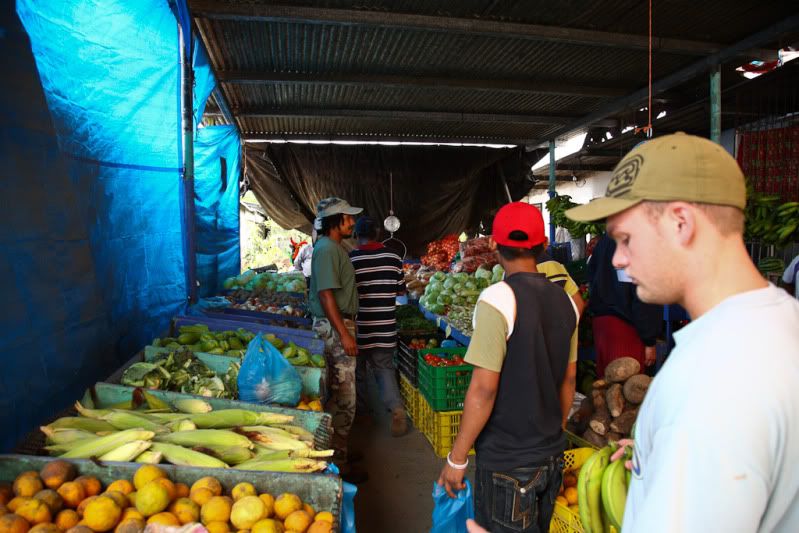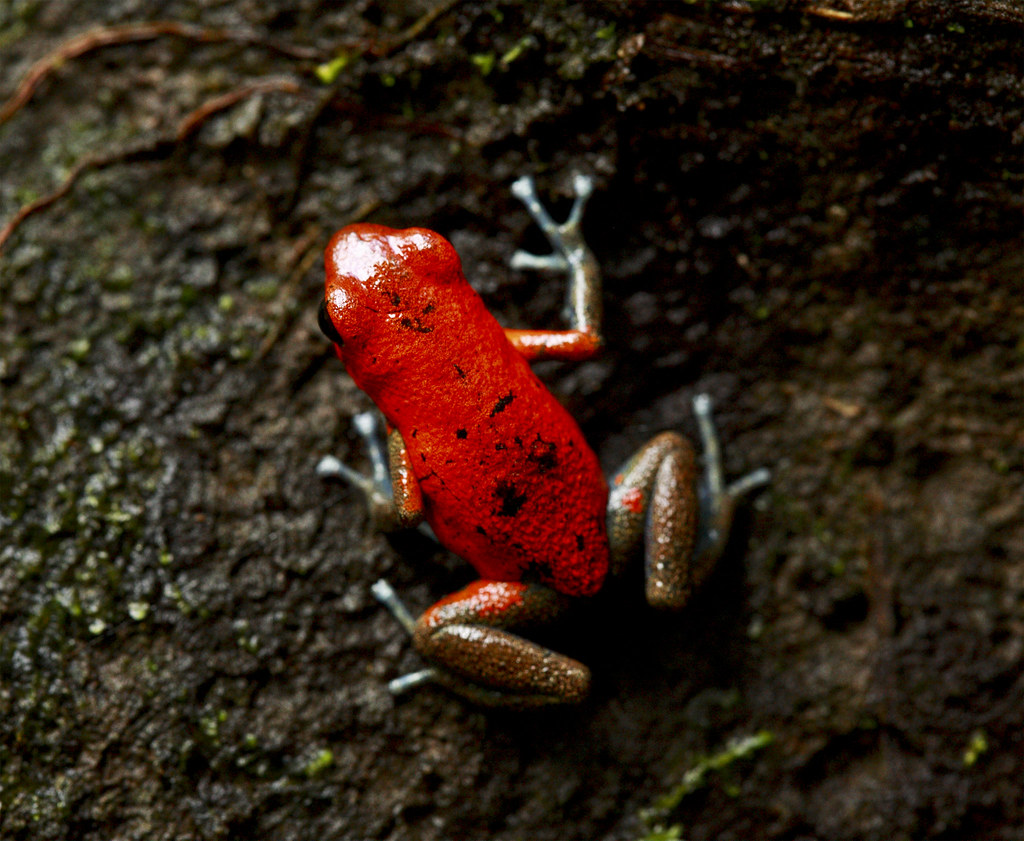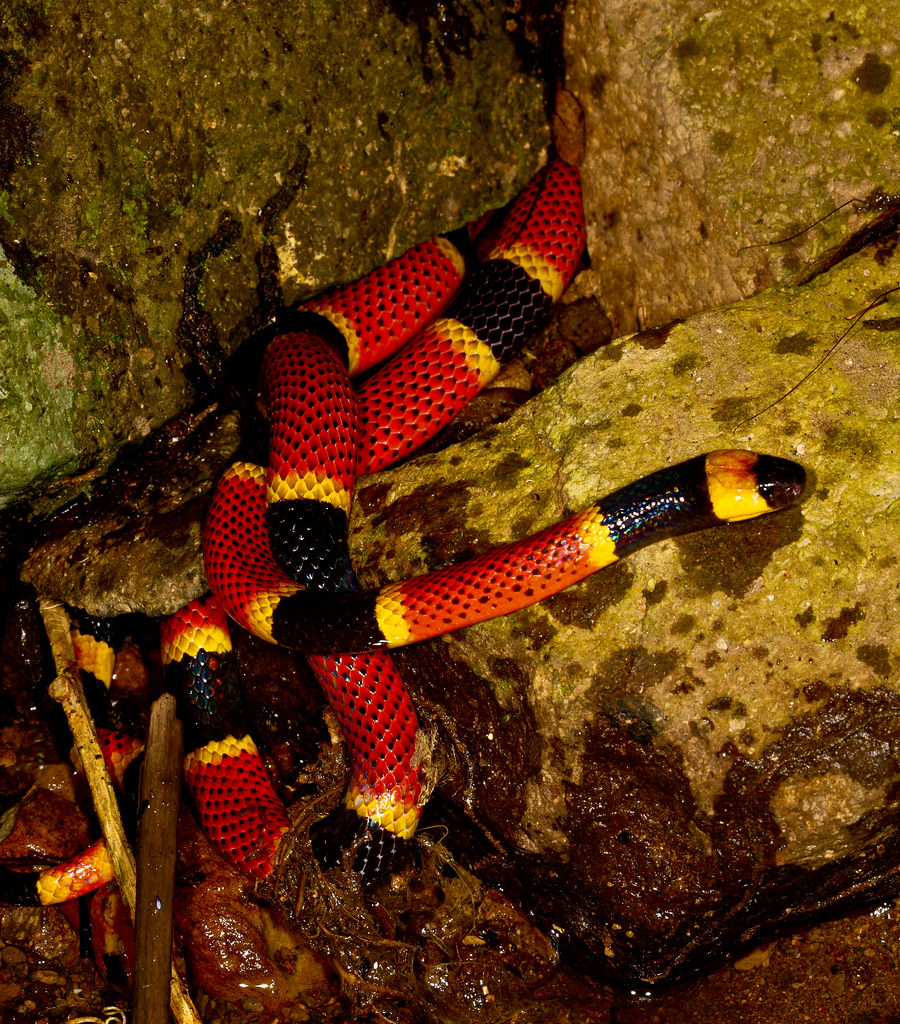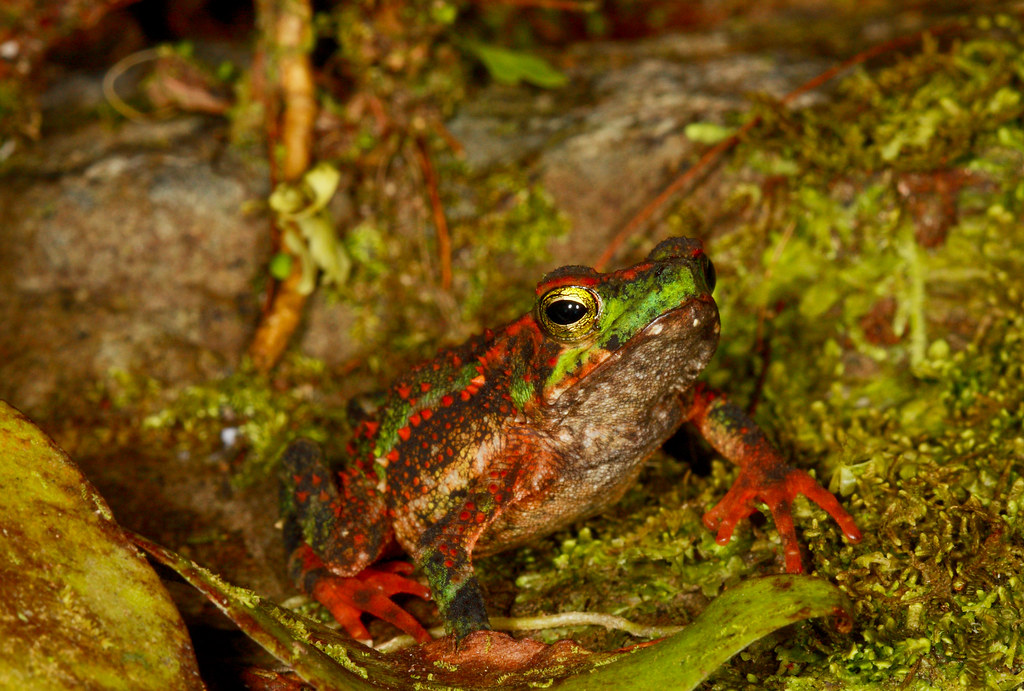
We spend some time after our meeting with Lalo in town, buying goods for our upcoming trek and as a good gesture to the family that was permitting us to stay with them. The area around Changuinola was a large scale banana plantation – sometimes trees stretching for nearly a mile alongside the road. In the markets fresh fruits and vegetables were plentiful and very inexpensive. We gathered up numerous items per our guide’s suggestions – three bags full of groceries were presented at the makeshift counter – a whopping $10 for all the things we’d picked out. With all of our shopping completed in the busy streets of Changuinola, we returned back to our host family to share our surprise for them. After all of the many thanks and getting treated to another wonderful meal from our new friends, we started organizing the things we would need for the evening.

This hike would take us up the mountainsides into a somewhat remote portion of this area in the Bocas Del Toro province. We packed our lights and headlamps, spare batteries and plenty of water. I opted to bring the majority of my photo gear since we wouldn’t be returning to this location. I wish I’d realized what I was really in for prior to setting out on this little ‘expedition.’ We picked up Lalo a few hours before sunset and headed off for our night hike. We began traveling higher up a remote hillside – a small dirt road led us to our stopping point. We were at a small remote residence amongst the hillside, friends of Lalo lived here. We met with them briefly and our guide explained to them what we were doing. The people who lived here informed us they’d seen a bushmaster in the vicinity a few weeks back, an individual upwards of 6 feet or more from their account. We were all thrilled, hoping that we’d encounter something of the sort. From what our guide told us, the area should yield some nice finds during the course of our hike.

A short walk lead us to a gated pathway that looks to head into a grazing pasture. We begin walking up this narrow, winding pathway cut through the hillside, taking us across the ride side of a small valley dotted with a few large trees and remnant stumps. As we reach the top the trail cuts into the forest and a more familiar scene presents itself - lush green vegetation and the sounds of birds and frogs calling in the distance. The trail was very narrow, often the pathway was cleared as a result of torrential rainfall, leaving deep crevices and large rocks jutting out from time to time. In the edge of the vegetation along our path, male red pumilio were posted up on leaves asserting dominance over their territory with a familiar chattering call. To my astonishment, these little frogs were vocalizing from about a meter above the ground for up to an hour past sunset, something I didn’t expect from a species that is known to be exclusively diurnal. Along the way we began finding a few more frogs from the genera Smilisca, Scinax, and Eleutherodactylus, poised from 1-2 meters above the ground or hopping under our feet as we walk along the path and in the low lying vegetation. About half an hour later we are still trekking along but nothing more than the same species we’d been seeing since we had started. As I was searching along the edge of the trail and the beginning of the hillside, I caught a glimpse that made me do a double-take. Red, yellow, and black reflected in the LED beam of my Maglite and I yell out, ‘Coral!, Coral!’ Central America has the greatest diversity of coral snakes in the world and with that almost as many mimics to this highly venomous species. I knew in that moment what I was looking at was the real thing.

Three people in front of me had just walked over top of a nearly 1 meter long Central American coral snake, Micrurus nigrocinctus. One of our party quickly runs back to my location with the snake tongs and retrains the animal to prevent it from escaping. We took a few moments to grab some quick photos and rejoice in our awesome find. After we settled down from the adrenaline rush, we bagged the snake left it secured on the trail in a tree to photograph and release later. Now, we were all excited and eagerly searching for what might lie ahead of us. At this point the hike is starting to take a bit of strain on my body – between the 35-40lbs of gear on my back and the unpredictable terrain, I’m starting to pace myself and take occasional breaks along the way. The snake find was a chance to disrupt the pace of our ascent, and not too far up we paused at the start of a large waterfall to figure out how to navigate across also to look for any amphibians that may be out and about. Just minutes before our coral snake find and beyond that location we were able to start exploring these very large, rocky outcrops along the hillsides and areas were small streams or erosion channels had been cut. This is the perfect resting place for a large predatory pitviper such as the bushmaster, known to the locals as veragosa or matabuey, the ‘ox killer.’ We keep searching every large outcropping we came across, but nothing yet. We continued on up the trail, climbing in elevation. Our trek started out somewhere around 200m and we began to reach areas that were over 400m in elevation, areas that we felt were more suitable bushmaster habitat.
At this point I’m really beginning to dislike the fact I packed the majority of my gear. On top of that, I’m in a pair of field boots that have been worn a few times but definitely aren’t broken in yet. Maneuvering back and forth across rocky sections in the road and climbing up hillsides to search rocky outcroppings began to take it out of me. My counterparts are holding up fine, lacking the off balancing weight of my camera pack on their backs. Finally, after a lull in activity, we spot a very cool creature along the trailside. A fine specimen of the blunt headed tree snake, Imatodes cenchoa, is hanging from some low brush.. Surprisingly, this squirmy species cooperated to our moving it about and posing for a few photographs. The animal is adorned with a remarkable light tan background with a dark chocolate pattern, almost like chevrons along the dorsal ridge. We joke that this is our ‘mini bushmaster’ since the pattern closely resembles that of the magnificent animal we are so hoping to find this night. After turning our subject loose into the night, we headed on a bit further until our guide decides that an alternative path may lead us to what we seek. I soon find out that the rugged path we’ve been on has been a luxury, and the hard part is yet to come.

No comments:
Post a Comment